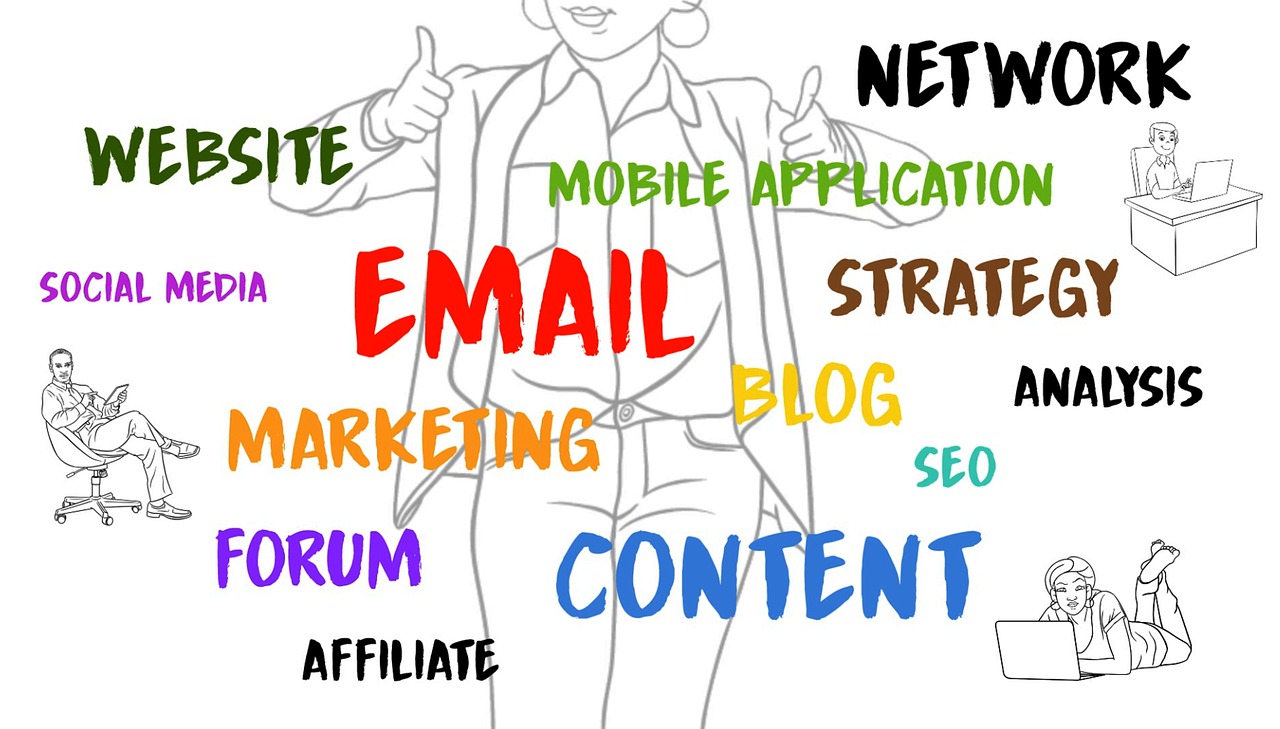In today’s fast-paced business environment, handling underperforming employees is a pressing challenge that managers frequently confront. According to recent findings, underperforming employees constitute approximately 4% of the workforce on average, with numbers as high as 20% in certain organizations, underscoring the universal nature of this issue. Beyond mere productivity loss, underperformance impacts team morale, customer satisfaction, and ultimately, a company’s competitive edge. Successful leaders from companies like Microsoft, Amazon, and Google have evolved their approaches over the decades, moving away from harsh ranking systems toward more supportive, feedback-driven models. This shift highlights the essential balance organizations must maintain: addressing performance gaps firmly while preserving fairness and compassion. To do this well, understanding the multifaceted causes of underperformance—from misaligned expectations to personal challenges—is critical. Strategies such as transparent communication, continuous feedback, and tailored development plans form the bedrock of effective management, empowering employees to thrive rather than falter. This article unpacks these complex dynamics, offering practical insights drawn from leading HR experts and management scholars.
Defining Workplace Underperformance: Identifying Signs and Understanding Scope
Understanding what constitutes underperformance is fundamental to addressing it effectively. Underperformance generally refers to an employee’s recurring failure to meet the established benchmarks or expectations of their role. This can manifest in various tangible ways, including missed deadlines, substandard work quality, low motivation, or even disruptive behaviors that affect team cohesion. For instance, an employee consistently submitting reports past the deadline without valid reason or someone disengaged in meetings may signal underlying problems. Research presented by reputable sources such as SHRM and Gallup emphasize that underperforming employees negatively impact overall business outcomes significantly.
Underperformance isn’t solely based on output metrics. It can include:
- Failure to comply with company policies or ethics
- Reduced collaboration or increased workplace conflicts
- Negative attitude or disengagement from team goals
Managers must recognize these broader signals to avoid overlooking performance issues that quietly erode organizational effectiveness.
While some cases of underperformance are sudden, others develop slowly over time—perhaps due to changing team dynamics, evolving role responsibilities, or personal stressors unrelated to work. By drawing on insights from sources like the Harvard Business Review and McKinsey & Company, it becomes clear that early identification and nuanced understanding of underperformance leads to better remediation outcomes. A useful approach is maintaining detailed documentation of observed behaviors and results, thus enabling precise evaluation.
| Common Signs of Underperformance | Possible Workplace Implications |
|---|---|
| Missed deadlines or incomplete tasks | Delays projects and causes friction among team members |
| Consistent absenteeism or tardiness | Increases workload for others and lowers morale |
| Declining quality of work output | Impacts customer satisfaction and organizational reputation |
| Negative attitude or resistance to feedback | Disrupts team cohesion and reduces engagement |
Recognizing underperformance also involves separating temporary challenges from chronic issues, a task supported by continuous observation and open dialogue. According to the Society for Human Resource Management (SHRM), only when these signs are accurately identified can a fair and effective corrective path be charted.

Uncovering Root Causes: Why Employees Underperform and How to Diagnose Issues Fairly
Pinpointing the exact causes behind underperformance requires a delicate investigative approach, since these reasons are often multifaceted and intertwined. Employees may struggle due to inadequate skills, misaligned role expectations, or poor management support. For example, a recent post on LinkedIn emphasizes that vague or unrealistic job expectations often leave employees navigating ambiguity, leading to frustration and eventual decline in output.
Common causes include:
- Lack of necessary skills or training: Employees may feel overwhelmed without clear guidance or learning opportunities.
- Unclear or unrealistic expectations: Performance suffers when job roles are not distinctly articulated or evolve without proper communication.
- Inadequate onboarding: A study reveals that 71% of new hires feel unprepared for their roles post-onboarding, pointing to systemic gaps.
- Poor work environment or toxic culture: Stress and interpersonal conflicts can severely affect motivation and productivity.
- Personal challenges: External stressors such as family issues or health problems inevitably bleed into work performance.
Gallup’s research suggests managers adopt a compassionate, inquiry-driven style when approaching underperformance, asking open-ended questions to understand the employee’s perspective. For instance, questions like “What obstacles are you facing that might be impacting your work?” or “How can I better support your success?” promote transparency and trust. This method, supported by McKinsey management recommendations, enables managers to distinguish between performance issues caused by capability gaps versus engagement or environmental factors.
Once underlying causes are mapped, it is vital to assess whether current organizational practices contribute to the problem. For example, misuse of traditional stack ranking systems—once popularized by General Electric—has fallen out of favor due to its negative impact on morale, prompting many companies to adopt continuous feedback mechanisms and 360-degree evaluations (HR approaches recommended by Forbes and MIT Sloan Management Review).
| Cause of Underperformance | Indicative Signs | Suggested Diagnostic Question |
|---|---|---|
| Skills Gap | Regular errors, inability to complete tasks | “Do you feel confident in the skills needed to perform your tasks?” |
| Unclear Expectations | Confusion, inconsistent output quality | “Are your goals and responsibilities clearly communicated?” |
| Work Environment Stress | Increased absenteeism, irritability | “Is there anything about the workplace that makes it challenging to work effectively?” |
| Personal Issues | Reduced focus, change in behavior | “Would you like to talk about any personal factors affecting your work?” |
Strategies for Fair and Firm Management of Underperforming Employees
Effectively managing underperforming employees while ensuring fairness and firmness demands a structured approach that is both empathetic and decisive. The goal is not only to improve individual outcomes but also to safeguard team morale and overall business health. According to the AIHR Blog and SHRM guidelines, the following steps form the backbone of best practices in this area.
- Immediate Recognition and Documentation: As soon as signs of underperformance surface, managers should document specific instances and prepare to discuss them in private, non-confrontational meetings.
- Collaborative Action Plan Development: Engage the employee in creating a performance improvement plan with clear objectives, timelines, and support resources.
- Regular Check-ins and Feedback: Weekly or bi-weekly meetings help maintain accountability and enable timely course correction.
- Managerial Support and Coaching: Using performance coaching techniques described by Forbes can transform learning opportunities into on-the-job growth moments.
- Recognition of Progress: Celebrating incremental improvements is vital for sustaining motivation and fostering employee confidence.
Rajiv Talreja recommends managers focus on transparent communication and shared responsibility. Acting decisively yet empathetically ensures that underperforming employees receive both a fair chance to improve and clear understanding of consequences if progress does not materialize.

One of the most challenging dilemmas is deciding when firm measures such as reassignment or termination become necessary. As evidenced by policies in companies reviewed by LinkedIn and Indeed in 2025, these decisions should only come after exhaustive support attempts and with fully documented processes compliant with labor laws.
Creating a Culture that Prevents Underperformance and Encourages Growth
Prevention is always better than cure. Many organizations today prioritize cultivating an environment that minimizes underperformance through proactive measures. Workday and Glassdoor reports confirm that companies investing in positive workplace culture enjoy higher engagement and retention rates, reducing the prevalence of underperformance.
Key preventive strategies include:
- Clear and Ongoing Communication: Regularly reviewing role expectations and company goals keeps employees aligned and motivated.
- Robust Onboarding Programs: Preparing new hires thoroughly helps eliminate early underperformance stemming from unpreparedness.
- Continuous Learning and Development: Offering skill-building opportunities and career path clarity empowers employees to meet evolving job demands.
- Employee Assistance Programs (EAPs): Providing mental health and personal support services can mitigate external factors affecting work performance.
- Promoting Work-Life Balance: Companies encouraging well-being help reduce burnout and sustain productivity.
Implementing these strategies requires consistent leadership commitment and integration into organizational processes. For example, McKinsey & Company highlights how data-driven performance analytics combined with human-centered management propel companies ahead in the competitive 2025 landscape.

Causes clés de la sous-performance des employés et réponses managériales
Explorez les principales causes de sous-performance ainsi que des actions justes et fermes pour y répondre efficacement.
FAQs on Managing Underperforming Employees in 2025
- What should a manager do first when an employee underperforms?
Begin with a private, supportive conversation to identify root causes and clarify expectations. Avoid assumptions and focus on understanding the employee’s perspective before issuing directives. - Can underperforming employees be motivated to improve?
Yes, through targeted coaching, training, and continuous feedback. Understanding individual motivators and providing appropriate support often reignites engagement. - Is termination the only solution for ongoing underperformance?
Termination is a last resort after comprehensive performance improvement plans and alternative roles have been explored, ensuring fairness and legal compliance. - How do you prevent underperformance from spreading in a team?
By addressing issues promptly, fostering open communication, and maintaining balanced workloads, managers protect overall team cohesion and morale. - What role does HR play in managing underperformance?
HR facilitates documentation, ensures adherence to policies, mediates discussions, and provides training, acting as a vital partner to managers and employees alike.

